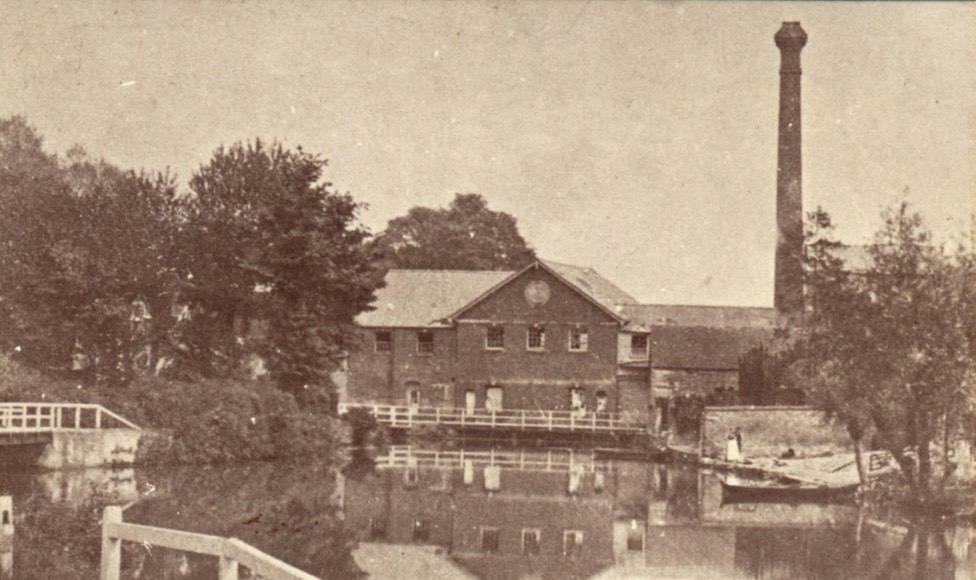In response to a enquiry from a visitor to the Society's website, former Chair of the Society, Mary Thompson, has prepared a summary of the roles the River Thames and the three mills which, at one time or another, it powered have played in the history of Sutton Courtenay.
Paper Mill c 1883
Mary’s summary is reproduced below for members’ information:
Sutton Courtenay and the River Thames and Mills
Note by Mary Thompson, former Chair SCLHS - March 2023
The river Thames has played an important role in the history of Sutton Courtenay from prehistoric times. There is evidence of early settlements with the river not only providing a necessary water supply but as a means of transport of goods by boat and barge which were distributed from the wharf.
The waters of the Thames were harnessed to provide power for several mills. The Domesday record of 1086 reveals there were three mills at Sutton, Upper Mill and Lower Mill on the Ginge, and a mill on the Thames itself. A millstream, weirs and causeway were constructed in Saxon times. The Thames mill would originally have been used for grinding corn but in later years it became a paper mill.
The mill achieved national importance in 1697 when the Bank of England, founded in 1694, granted Sutton Mill the right to produce the paper for bank notes, as the Bank had fallen victim to forgery of its notes. An Act of Parliament was passed making this a capital offence. The special paper produced by Sutton Mill was harder to forge, but in due course the counterfeiters were at work again so that the Mill lost the contract in 1724.
Paper production continued, however, and the Mill thrived. The Mill House was built for the foreman of the mill in 1741. Paper was still being produced towards the end of the 19th century until the mill closed in 1881. Many villagers worked at the mill, sorting the rags from which paper was made in those days. This was dirty, unpleasant work. A visitor to the village complained of the unpleasant smell and the black smoke from the tall chimney of the mill which spoilt the area.
Over the years various Sutton Courtenay family members owned the mill but one of the most interesting owners was John Thomas Norris . He was born in 1804 and took over the mill on his father’s death in 1853. John Norris had a printing business in Aldersgate, London, which provided an outlet for the products of the mill. Norris divided his time between London and the Mill House at Sutton Courtenay. He was popular in the village when, in l850, he addressed a meeting in the village to protest against an article written in the newspaper the Morning Chronicle, which described the inhabitants as “depraved, drinking, living together before marriage and playing games on Sundays!”
Norris was MP for Abingdon from 1857-1865 and also a JP for Berkshire. In 1865 he lost the election and his business world also collapsed. He was made bankrupt and retired to Sutton Courtenay. Norris died in l870 and was buried in the churchyard. The paper mill was later advertised for lease but there were no takers and it closed in 1881. The mill and the tall chimney were gradually demolished.

